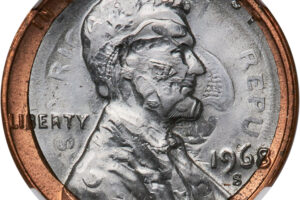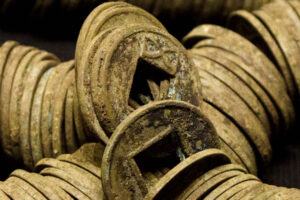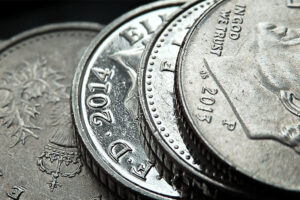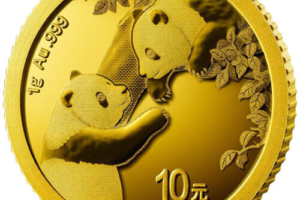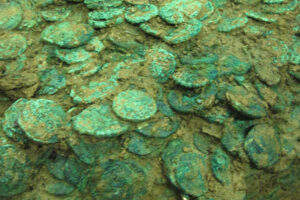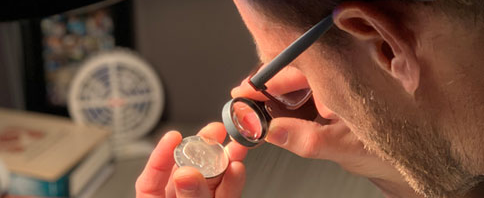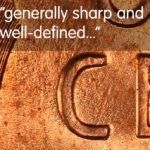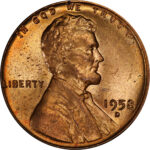Grading Wheat Pennies can be simple if you understand these easy steps. Wheat cents are a popular choice for coin collectors due to their historical significance and unique design. They were minted from 1909 to 1958 and feature the image of Abraham Lincoln on the obverse side and two wheat stalks on the reverse side. Proper grading is essential to determine their value and authenticity.
Understanding the Grading Scale
The Sheldon Grading Scale, developed by Dr. William Sheldon in the 1940s, is widely used by coin collectors to grade coins on a scale from 1 to 70. The higher the grade, the better the condition of the coin. For Wheat Pennies, the grading scale ranges from Poor (1) to Mint State (MS-70).
Factors That Affect Wheat Penny Value

Several factors can affect the value of a Wheat Penny, including mint mark and date, condition of the coin, and rarity. The year of the coin and the mint it was issued from are important because some combinations of the two are scarcer than others, making them more valuable. Condition is also essential as the better the condition, the higher the resell value. Rarity is another factor that can affect the value of a Wheat Cent. Some coins are simply more difficult to find, making them more valuable.
Steps to Properly Grade Wheat Pennies
- Preparation: Before grading your Wheat Penny, make sure your hands are clean and dry. Use a magnifying glass or loupe to get a clear view of the coin’s surface.
- Examining the Coin’s Surface: The first step in grading a Wheat Penny is to examine the surface of the coin. Look for any scratches, dents, or other damage that may affect the grade. A coin in perfect condition will have no visible flaws.
- Looking at the Details: After examining the surface, take a closer look at the details. Look for any wear on the high points of the coin, such as Lincoln’s cheekbone or the wheat stalks on the reverse side. The more wear, the lower the grade.
- Determining the Grade: Once you have examined the surface and details, it’s time to determine the grade. Use the Sheldon Grading Scale as a reference, taking into account the factors that affect Wheat Penny value. Remember, a higher grade means a more valuable coin.
- Grading Wheat Pennies may seem daunting, but with a little practice and knowledge of the Sheldon Grading Scale, it can be a fun and rewarding experience for collectors. Proper grading is essential to accurately determine the value of your coins, so take the time to examine each coin carefully. By following these steps, you’ll be on your way to becoming a Wheat Penny grading expert in no time!
Closer Look
Here are the grades and corresponding descriptions according to the Sheldon Scale, along with examples of coins that match each type:
- Poor (P-1): A coin that is barely identifiable and has significant damage. Example: 1921-S Morgan Silver Dollar, P-1
- Fair (FR-2): A coin that is identifiable but heavily worn and may have damage to important details. Example: 1858 Flying Eagle Cent, FR-2
- About Good (AG-3): A coin that is heavily worn but with some readable details. Example: 1913 Buffalo Nickel, AG-3
- Good (G-4 to G-6): A coin with worn details but with most legends and design features still visible. Example: 1892 Barber Dime, G-4
- Very Good (VG-8 to VG-10): A coin with moderate wear, with some fine details still visible. Example: 1914-D Lincoln Wheat Cent, VG-10
- Fine (F-12 to F-15): A coin with light to moderate wear, with clear and bold details. Example: 1916 Walking Liberty Half Dollar, F-15
- Very Fine (VF-20 to VF-35): A coin with moderate wear but with well-defined details. Example: 1929 Indian Head $2.50 Quarter Eagle, VF-30
- Extremely Fine (EF-40 to EF-45): A coin with light wear but with sharp details. Example: 1880-CC Morgan Silver Dollar, EF-45
- About Uncirculated (AU-50 to AU-58): A coin with very light wear and with most of the original luster still present. Example: 1901-S Barber Quarter, AU-55
- Uncirculated (MS-60 to MS-70): A coin with no wear and with full original mint luster. Example: MS-65 RB1958 Wheat Cent
Please note that the Sheldon Scale is not the only coin grading system used in the industry and other systems exist. Additionally, grading coins is a subjective process and different graders may have different opinions on the condition of a coin.

